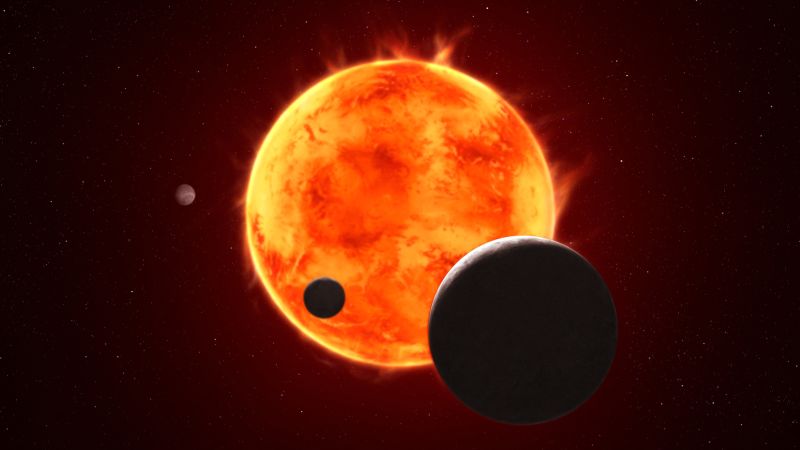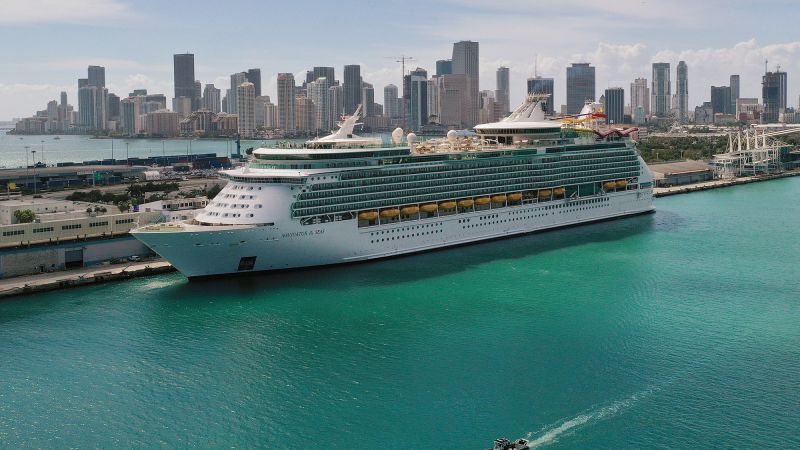
Exploring Potential Habitability in TRAPPIST-1 Planetary System
World | 9/18/2025
Astronomers are closely monitoring the TRAPPIST-1 planetary system, situated 40 light years away from Earth, for signs of potential habitability on an exoplanet within the system. The prospect of this exoplanet hosting an atmosphere and liquid water has piqued scientific interest, though certainty remains elusive at this stage.
The TRAPPIST-1 system, discovered in 2016, consists of seven Earth-sized planets orbiting a dwarf star. Of particular intrigue is the possibility that one or more of these planets could harbor conditions conducive to supporting life, due to their proximity to the star’s habitable zone.
While the presence of an atmosphere and liquid water are crucial factors for habitability, astronomers emphasize the need for further observation and data analysis to confirm these conditions on the potentially Earth-like exoplanet within TRAPPIST-1. This cautious approach underscores the meticulous scrutiny required in assessing the habitability of distant celestial bodies.
Astronomers are leveraging advanced telescopic technology and computational models to gather insights into the atmospheric composition and surface conditions of the exoplanet under scrutiny. This rigorous scientific endeavor aims to decipher the complexities of extraterrestrial environments and assess the plausibility of habitability beyond our solar system.
In the quest to unravel the mysteries of distant exoplanets, the potential habitability of an Earth-like world within the TRAPPIST-1 system stands as a testament to the ongoing exploration of the cosmos. As scientists await further data and analysis, the tantalizing prospect of a habitable exoplanet underscores the profound scientific curiosity that drives astronomical research forward.


